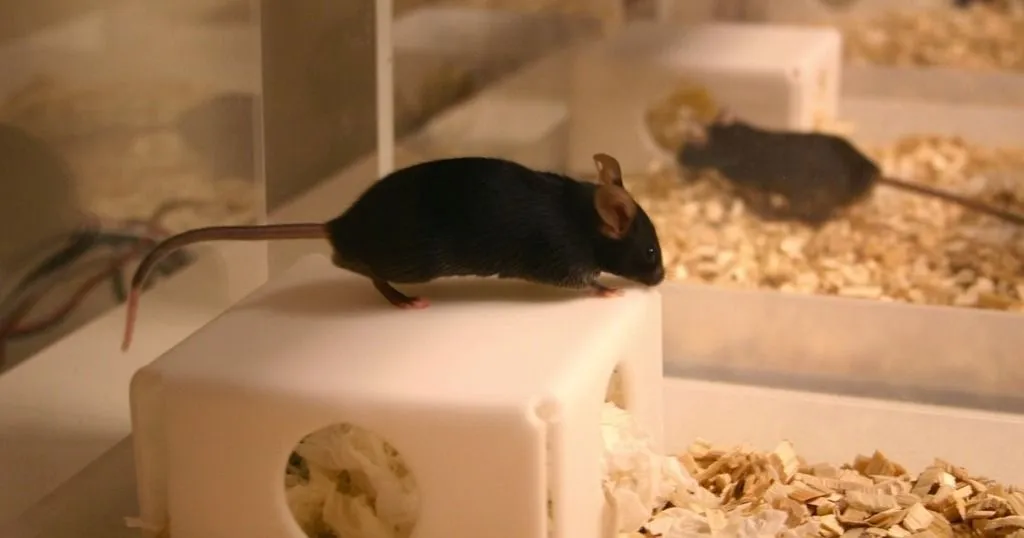6 TED talks to kick off your academic year
Let's get a good warming up for the new academic year. We have compiled six interesting neuroscience TED talks, ranging from optogenetics to AI, to inspire you in the new year.
Posted by
Published on
Thu 17 Aug. 2023
Topics
| Deep Brain Imaging | Neuroscience | Social Behavior Research | Spinal Cord Injury |

Summer vacation is almost over. That means that we have to go back to work or school and crack our brain over complicated biological processes, or a menagerie of behavioral data. However, just like in sports, it is important to have a good warming-up. Therefore, we present to you a list of interesting TED-talks all about the brain, behavior, and neuroscience. Perhaps these amusing talks can inspire you for your next project. Enjoy!
1) A mouse. a laser beam. A manipulated memory
Controlling memories with lasers might sound a bit like science fiction, but it is definitely real. Steve Ramirez and Xu Liu from MIT studied the use of optogenetics to change the memory and behavioral response to certain environmental stimuli.
In this TED-talk they explain their methods and how they came to the idea of their research. And while erasing or altering memories might sound scary, it is still in its infancy. It is important for researchers in this field to remain aware of the ethical ramifications of their work. However, I see a world where PTSD or other trauma related disorders can be treated much more easily, and it all starts with research.
2) Are insect brains the secret to great AI?
Recently, there has been a lot of talk about Artificial Intelligence. ChatGPT has taken over schools and thousands of tools are being developed as we speak. In this talk Frances S. Chance talks about how we could use the brains of insects to develop neural networks for AI.
Insect brains have fascinating abilities compared to their size. The number of neurons in a dragonfly brain is approximately 1 million. Which sounds like a lot but is nothing compared to the 86 billion a human has. Frances explains how understanding the neural pathways of insect brains could help us design smart and energy efficient AI driven technology.
3) How we’re reverse engineering the human brain in the lab
Growing a brain, now wouldn’t that be cool? No more need for using rodent brains to test chemicals or donor brains to test how a brain would react. And while we aren’t there yet, Sergiu P. Pasca from Stanford has been conducting research precisely in this area.
He is able to turn skin cells into stem cells and convert those into brain cells. Those cells can be turned into organoids that represent all types of brain cells, like the cerebral cortex or spinal cells. However, organoids are not full brains and thus won’t fully replace animal testing just yet. But these replica’s of brain structure can be vital in the future of developing drugs for a plethora of mental disorders.
4) The paralyzed rat that walked
Grégoire Courtine would like to engage you in a thought experiment. Imagine a world where a person that just suffered a spinal cord injury can regain their ability to walk with only chemicals and electricity. This reality is not question of if, but a question of when. Prof. Courtine and his team are developing personalized neuroprosthetics.
They are able to make a rat with a lower body paralysis walk with the help of an electrochemical prothesis. The neurons in the spinal cord even started healing themselves during therapy. I encourage you to watch Prof. Courtine explain it for himself, but be advised as the video of the paralyzed rat can be viewed as shocking.
5) Trust, Morality and Oxytocin
Paul Zak a.k.a. Dr. Love explains why oxytocin is the moral molecule. Oxytocin encourages people to be more trusting and more people more trustworthy. It increases our ability to emphasize with others. It is mostly released during pleasant and social interactions, like dancing, praying, and sex.
However, there are also people who don’t release oxytocin during these stimuli. Around 5% of humans have this deficiency and they show attributes of psychopaths. This can be caused by many factors both nature and nurture. Watch this talk by Dr. Love to learn more about the effects and how to increase your levels of oxytocin.
6) A new way to study the brain’s secrets
Looking at a brain is hard. It is complex and its parts are very small. Microscopes are limited in how far they can zoom in. So, Ed Boyden thought: why enlarge and separate the cells in the brain. By using polymers similar that emulate the workings of diapers (yes really), Professor Boyden can make it easier to look at the brain circuits and unravel the mysteries of mental illnesses and other brain disorders.
Related Posts

Learning to use animal models for psychiatric disorders

Which head and neck positions are stressful for your horse during lunging?
